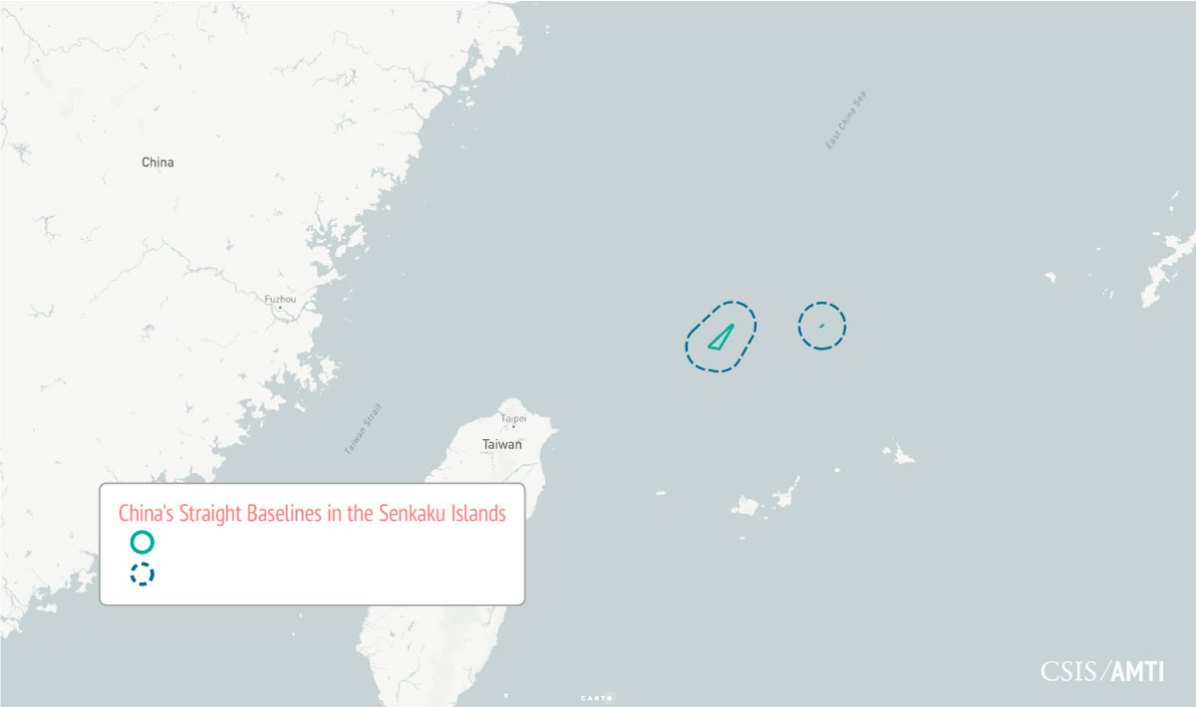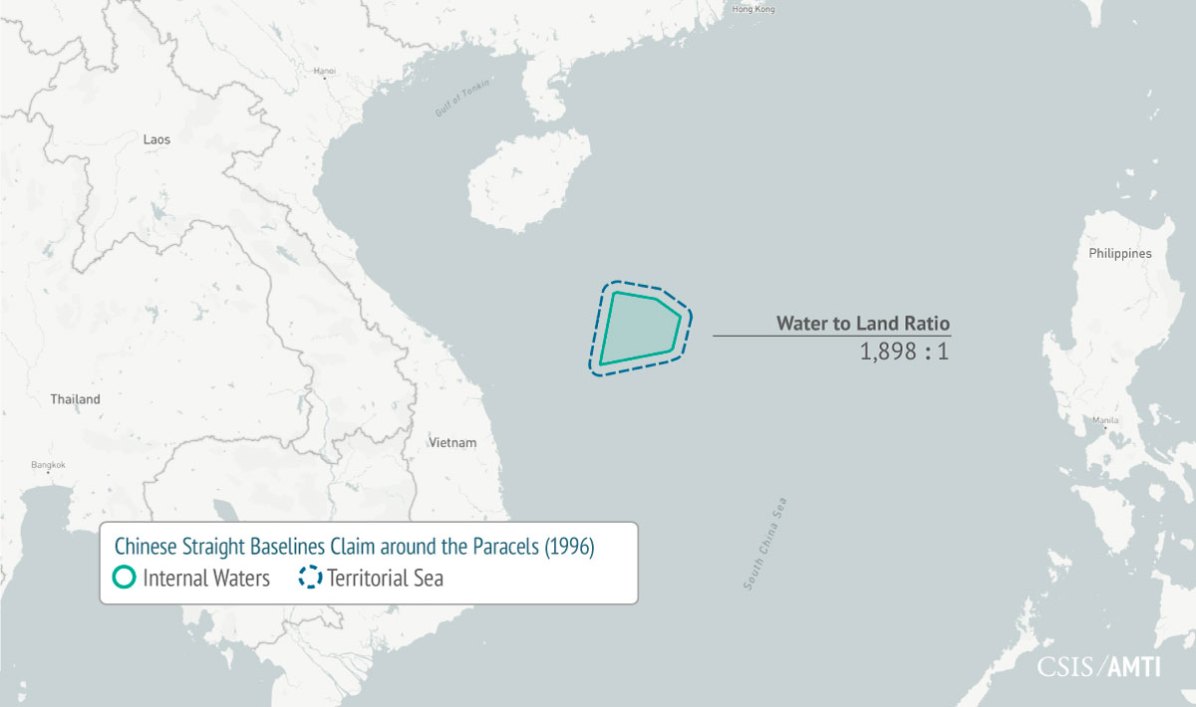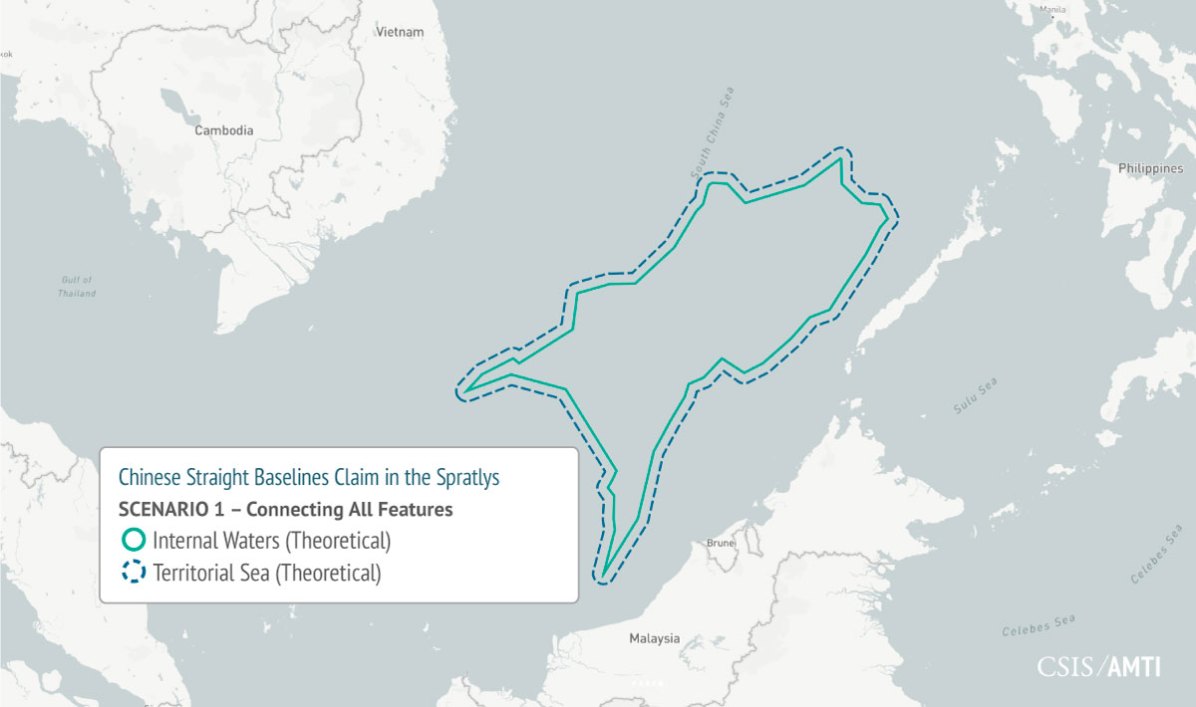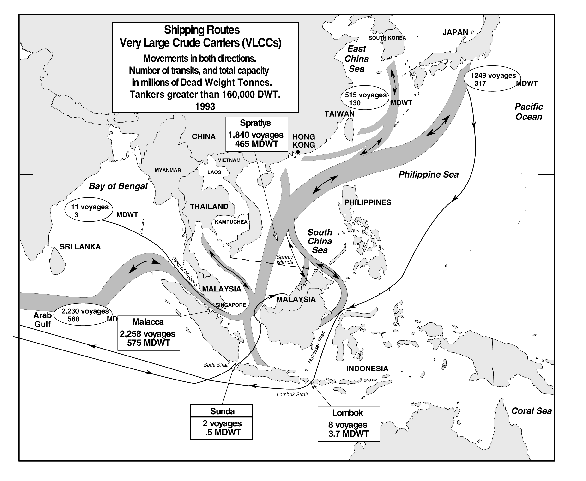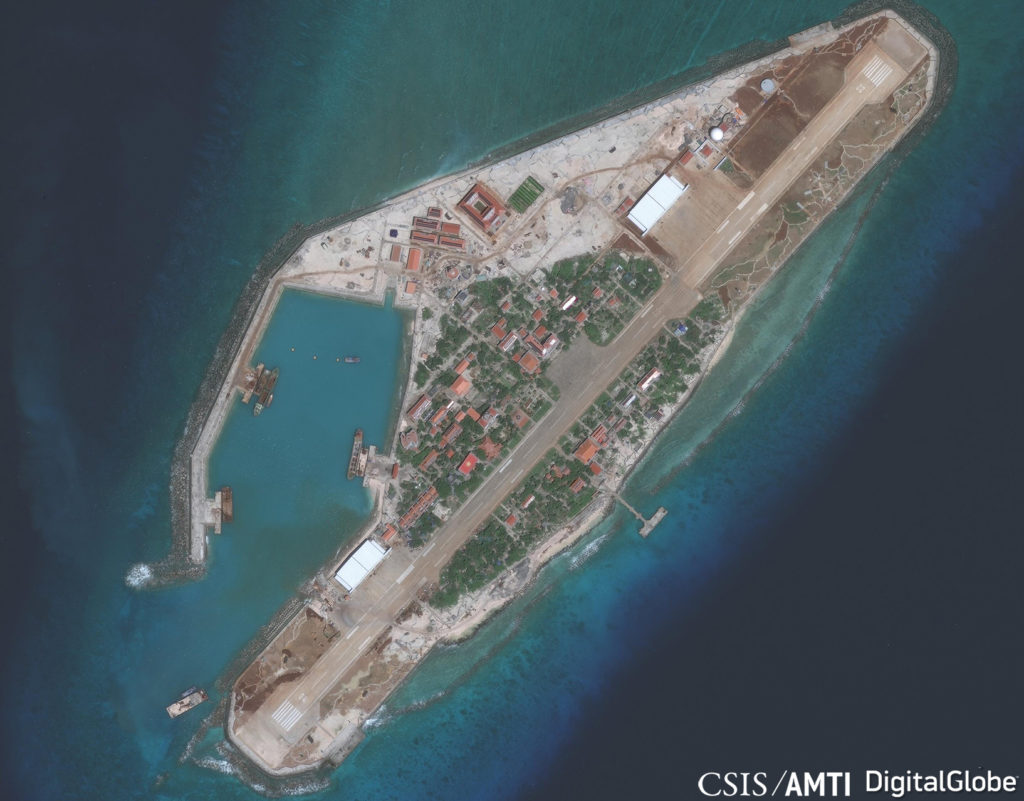Aiemmin levisi uutinen jossa Kiinalainen amiraali ehdotti törmäämistä Usan laivoihin. Nyt toinen amiraali, kiinan haukkoja yhtyy kuoroon. Upottakaa vaikka ohjuksella yksi tai kaksi Usan lentotukialusta ja Usa vetäytyy. Breiking spirit, Bloody nose taktiikkaa. Merkittävintä näissä haukkojen ulostuloissa on, että tiukan sensuurin maa Kiina antaa koko maailman kuulla niistä. Vaikka eivät edusta Kiinan virallista linjaa, niin edustavat silti.
Sanotaan, että Usa pelkää kaikkein eniten uhreja. Yksi lentotukialus voisi tuoda 5000-uhria. Se voisi ajaa jenkit pois alueelta.
Toisaalta jutussa jenkkiamiraali toteaa, että antaa räksyttää. Outoa se olisi ollutkin jos olisivat kertoneet, että rakennamme lentotukialuksia hölmönä vain sen vuoksi, että jenkit voi lanata ne kolmen ensimmäisen sotapäivän aikana.
https://read.bi/2QFhD6o
Sanotaan, että Usa pelkää kaikkein eniten uhreja. Yksi lentotukialus voisi tuoda 5000-uhria. Se voisi ajaa jenkit pois alueelta.
Toisaalta jutussa jenkkiamiraali toteaa, että antaa räksyttää. Outoa se olisi ollutkin jos olisivat kertoneet, että rakennamme lentotukialuksia hölmönä vain sen vuoksi, että jenkit voi lanata ne kolmen ensimmäisen sotapäivän aikana.
https://read.bi/2QFhD6o

